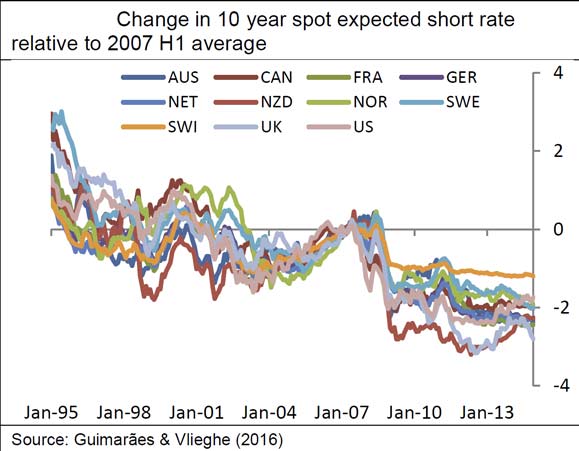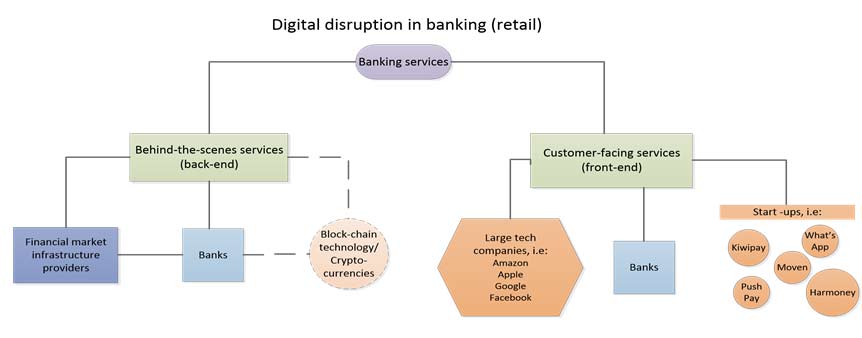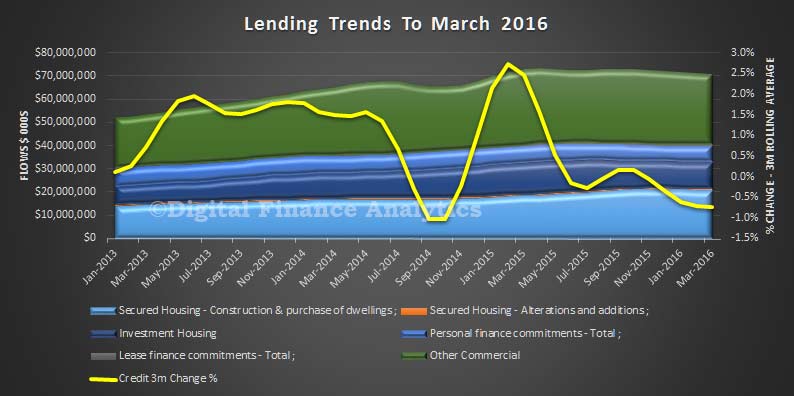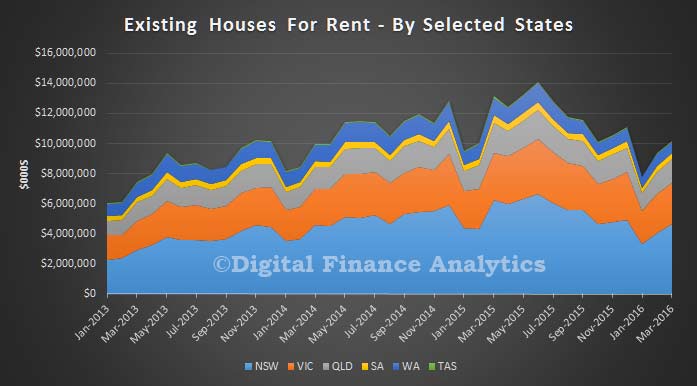For economists and others who ‘grew up’ being challenged to achieve low and stable inflation against the background of high and volatile inflation rates that emerged in Western countries in the 1970s (and persisted in Australia through the 1980s), the possibility inflation could be ‘too low’ can seem like something from another universe.
The Reserve Bank of Australia’s 2-3% inflation target was more-or-less unilaterally promulgated by Bernie Fraser (who was RBA Governor from 1989 until 2006).
In a speech just after the 1993 election (at which the Liberal Opposition had advocated the introduction of a 0-2% inflation target, similar to that which had been adopted in New Zealand in 1989), Fraser suggested that:
“If the rate of inflation in underlying terms could be held to an average of 2-3% over a period of years, that would be a good outcome. Such a rate would be unlikely to materially affect business and consumer decisions, and it would avoid the unnecessary costs entailed in pursuing a lower rate.”
Although Bernie Fraser was initially “rather wary of inflation targets”, he explicitly couched the series of interest rate hikes he implemented during the second half of 1994 as being undertaken in order to maintain inflation within the 2-3% range.
The target was formally embodied in a Statement on the Conduct of Monetary Policy agreed between newly-installed Treasurer Peter Costello and newly-appointed RBA Governor Ian Macfarlane shortly after the 1996 election, and has been re-iterated after each change of government and upon each appointment of a new RBA Governor ever since.
Australia’s approach to inflation targeting differs from that of most other countries which have inflation targets in two important respects. First, it does not stem from a government directive, nor is it enshrined in legislation. As former Governor Ian Macfarlane has said, “the government didn’t introduce it, we introduced it”.
The Reserve Bank does not have to “explain itself” to politicians if it “misses” its target for some reason. Second, the target is intentionally and explicitly flexible. It is expressed as a range, to be achieved “on average” and “over the course of the business cycle” (a term which is not anywhere defined), rather than at all times and in all places, as it were.
This means that the Reserve Bank can “tolerate” inflation being either above or below the target for a temporary period if it has good reason to believe that the deviation is only temporary, or is the result of some one-off factor whose influence will soon pass, without needing to take monetary policy actions to push it back into the target range more quickly but which would, in the RBA’s judgement, not otherwise be necessary.
This “flexible inflation targeting regime” has served Australia well over the past two-and-a-bit decades. The target is widely perceived to be “credible” – that is, it is widely recognised and understood that the Reserve Bank will do what it needs to do in order to ensure that it is achieved (as it demonstrated, for example, in 1994 and in 2007).
As a result, it has served to “anchor” inflationary expectations – that is, to give participants in the economy (businesses, consumers, union officials, governments and others) a sound basis for expecting that inflation will average somewhere between 2 and 3% over the medium-to-longer term – as it was intended to do.
And it has allowed the RBA to keep interest rates more stable than would have been the case if it had been required to chase after inflation on each and every occasion on which it temporarily departed from the target range.
With the annual “headline” rate of inflation having been below the bottom end of the 2-3% target range since the December quarter of 2014, and more recently the annual “underlying” inflation rate also having dropped below 2%, some have suggested that the inflation target should itself be lowered.
This would allow the central bank more room to accommodate unusually low inflation without having to cut rates to levels which might risk triggering unsustainable rates of credit growth and/or an asset price bubble.
Ironically, the opposite proposition was put during the resources boom of 2010-12, when some suggested that the RBA should increase its inflation target so as not to have to raise interest rates as much in the face of the inflationary pressures which it was feared that boom might engender.
The RBA resisted such calls on that occasion, and should do so on this. As it is formulated, the RBA’s flexible inflation target gives it latitude to determine how dogmatic it needs to be in pursuit of “low and stable” inflation.
If it were to change its target every time it appeared as though inflation might be either above or below the target range for an extended period, the target would eventually lose whatever role it has as an “anchor” for inflation expectations, increasing the chance that inflation would – as a result of the well-documented propensity of inflation expectations to become self-fulfilling – remain above or below the target for even longer, and perhaps by even wider margins.
Australia’s inflation targeting regime has served the country well, and the challenges it faces at this time are not so great as to warrant altering it.

 In a speech to the London Business School
In a speech to the London Business School


